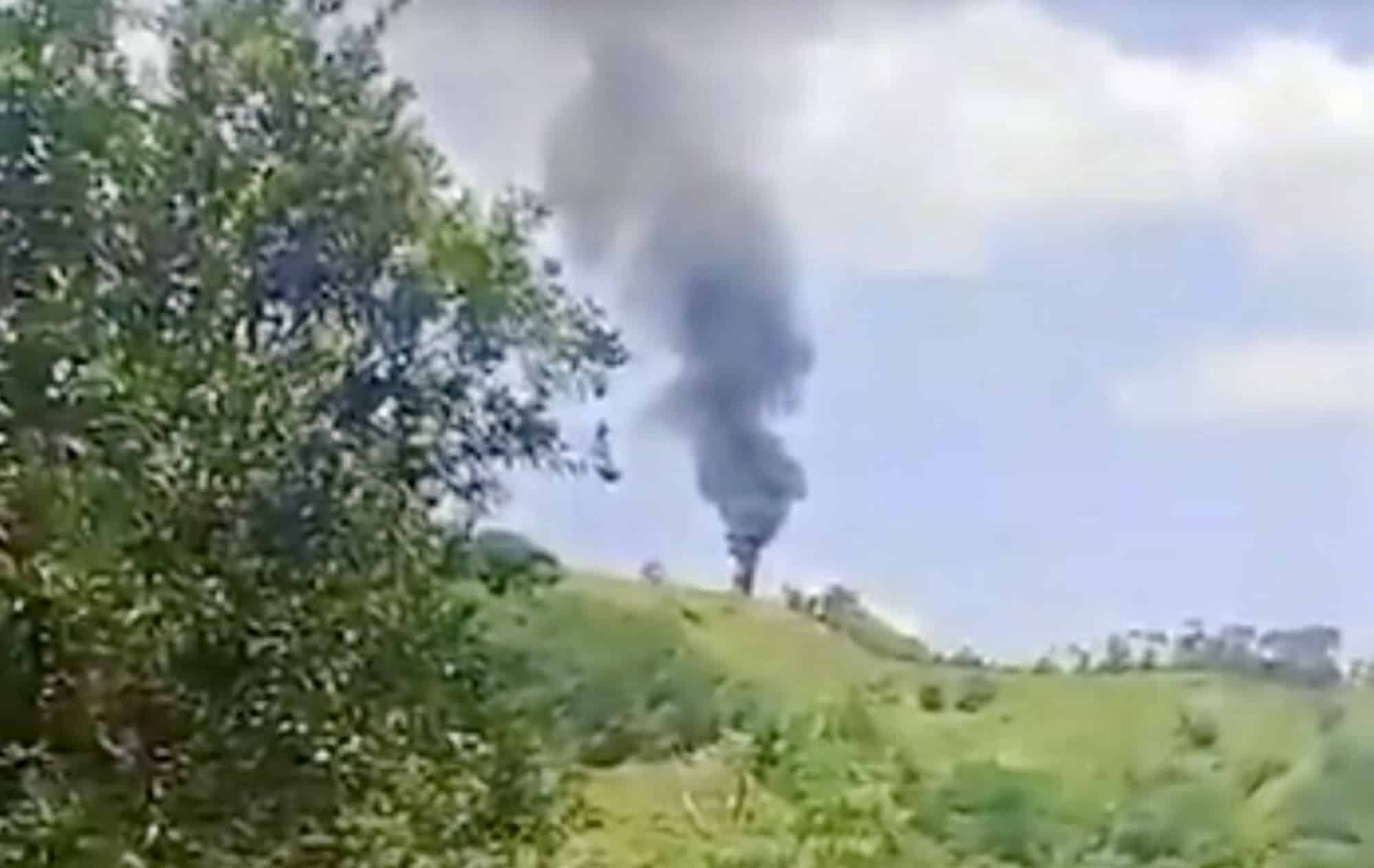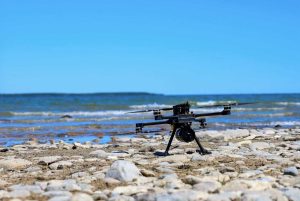Drone Attack Brings Down Colombian Police Helicopter
A drone-launched assault in Colombia’s Antioquia region has resulted in the downing of a Black Hawk police helicopter, resulting in the deaths of at least 12 officers. This marks a significant escalation in the technological capabilities and tactics of armed insurgent groups within the country. Simultaneously, a car bomb exploded near a military aviation school in Cali, underscoring the evolving security challenges in Colombia as rebel groups increasingly employ advanced drone technologies.
Drone Strike on the Black Hawk
On August 22, 2025, a Colombian police Black Hawk helicopter was felled by a drone carrying explosives in a rural area of Antioquia. This event was part of a larger coordinated effort, as a car bomb went off near a military facility in Cali just hours later, resulting in at least 18 fatalities and numerous injuries. This prompted immediate emergency measures and restricted movements in the affected regions as officials sought to manage the crisis.
Adapting Guerrilla Tactics with Drones
Innovation in Insurgency
The adoption of drones marks a transformative moment in Colombia’s insurgency landscape. Historically, guerrilla factions depended on homemade explosives and small arms. Now, drones allow for precise, remote strikes on critical targets with minimal risk to the operators. Colombia’s police director, Maj. Gen. Carlos Fernando Triana, noted the insurgents’ access to advanced warfare technology, which disrupts the previously secure airspace controlled by the Colombian military. Security expert Cynthia Arnson highlights that insurgents no longer need costly anti-aircraft missiles to achieve their objectives.
Strategic Implications
Such high-profile attacks serve dual functions: they demonstrate rebel capabilities and send a potent message to authorities and the public, especially as national elections loom. Experts suggest these tactics might be a methodus operandi for rebels seeking leverage in peace negotiations.
Identifying the Perpetrators
The attacks are attributed to dissidents from the Revolutionary Armed Forces of Colombia (FARC) and allied outlaw groups. Following FARC’s disbanding in 2016, emergent factions have jostled for dominance in regions where the state has limited presence. Under President Gustavo Petro’s “total peace” campaign, negotiations opened with various insurgent groups, yet only one small faction has partly demobilized, drawing criticism for inadvertently allowing armed groups to consolidate power.
Revisiting Colombia’s Security Paradigm
Drone Utilization: Affordable, Potent, and Evasive
Commercial drones, priced from $500 to $3,000, can be adapted to deliver explosive payloads while circumventing conventional security systems. In terrains with sparse government presence, drones offer guerrilla groups significant tactical advantages.
Law Enforcement Response
The Colombian government rapidly imposed movement restrictions and intensified security around vital sites. Experts advocate for immediate investment in counter-drone measures, such as jamming equipment, radar systems, and enhanced training for security personnel.
Global Insights and Local Consequences
This incident reflects an evolving trend seen globally, with drones being wielded by insurgent and extremist groups in conflict zones, altering battle dynamics and posing new security risks.
Expert Opinions
Will Freeman from the Council on Foreign Relations asserts that the capability to neutralize helicopters via drone constitutes a “game-changer” for non-state actors, reducing operational costs and risks. Meanwhile, Cynthia Arnson emphasizes that the concern is not solely technical but strategic, as drones compromise the previously unassailable airspace controlled by state forces.
Statistical Recap
- At least 12 police officers perished in the Black Hawk drone attack.
- At least 18 individuals lost their lives in the day’s coordinated attacks.
- Insurgent-related casualties, displacements, and targeted assaults in Colombia have surged since 2022, as guerrilla activities have intensified.
Political Repercussions
These violent incidents challenge President Petro’s “total peace” initiative, once heralded as a comprehensive solution to decades of unrest. As elections approach, perceived lapses in security may incur political costs, with some arguing that rebel groups might amplify their campaigns to influence public sentiment.
Empathy and Priorities
Beyond the tactical developments and statistics, the narrative encompasses profound loss: families mourning their loved ones, communities anxious about resurging violence, and a populace haunted by echoes of past conflicts.
Future Prospects: Risks and Solutions
- Investing in counter-drone technologies is imperative.
- Adapting security policies to new threats through comprehensive intelligence and monitoring.
- Engaging in peace talks that acknowledge insurgents’ newfound strength.













